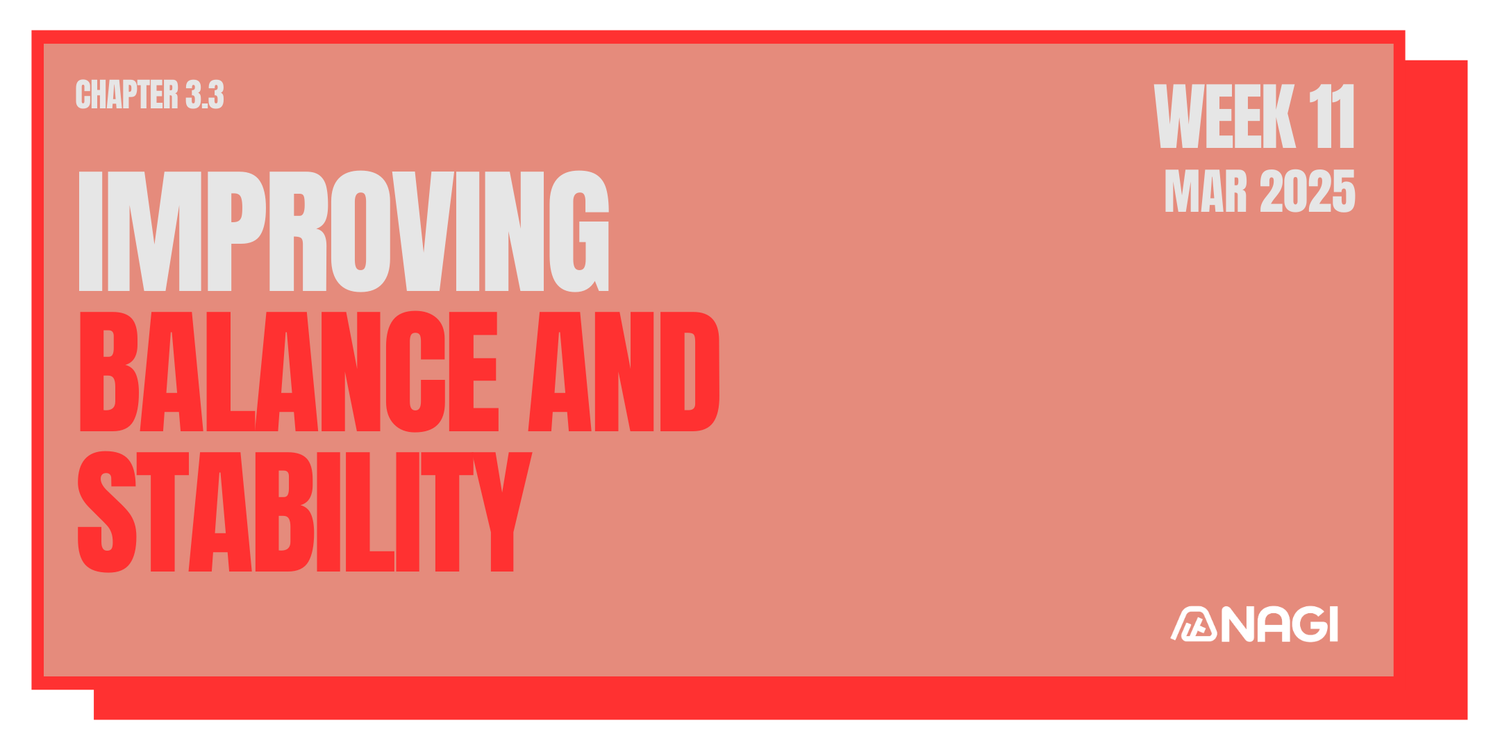Welcome to Week 11 of our Stand-Up Paddleboarding (SUP) series! This week, we're focusing on an essential aspect of SUP: improving your balance and stability. Whether you're a beginner or looking to refine your skills, these tips and exercises will help you feel more confident and secure on your board.
Why Balance and Stability Matter in SUP
Balance and stability are crucial for several reasons:
- They help prevent falls and injuries
- They improve your overall paddling efficiency
- They allow you to paddle in various water conditions
- They enhance your enjoyment of the sport
Key Factors Affecting Balance on a SUP
Before we dive into exercises, let's understand what influences balance on a paddleboard:
- Board size and shape
- Paddle technique
- Body positioning
- Core strength
- Water and weather conditions
On-Land Exercises to Improve Balance
Practice these exercises regularly to enhance your balance:
1. Single-Leg Balance
Stand on one leg for 30 seconds, then switch. As you improve, try closing your eyes or standing on an unstable surface like a cushion.
2. Yoga Poses
Incorporate balance-focused yoga poses into your routine, such as:
- Tree pose
- Warrior III
- Half Moon pose
3. Bosu Ball Exercises
Use a Bosu ball to simulate the unstable surface of a paddleboard. Try squats, lunges, and standing balance on the rounded side.
On-Water Exercises for Better Stability
Once you're comfortable on your board, try these exercises:
1. Paddle Turns
Practice making tight turns by paddling in figure-eight patterns. This improves your ability to shift weight and maintain balance during direction changes.
2. One-Legged Paddling
Carefully lift one foot off the board while paddling. Alternate legs every few strokes. This challenges your balance and strengthens your stabilizing muscles.
3. SUP Yoga
Try basic yoga poses on your board in calm water. Start with simple poses like Child's Pose or Downward Dog, progressing to more challenging poses as you improve.
Tips for Maintaining Balance While Paddling
- Keep your feet parallel and shoulder-width apart
- Maintain a slight bend in your knees
- Keep your back straight and engage your core
- Look ahead at the horizon, not down at your feet
- Use smooth, controlled paddle strokes
Safety Reminders
As always, prioritize safety when practicing these exercises:
- Always wear a personal flotation device (PFD)
- Practice in calm, shallow water initially
- Be aware of your surroundings and other water users
- Know your limits and progress gradually
Remember, improving balance and stability takes time and consistent practice. Don't get discouraged if you fall – it's all part of the learning process. Keep at it, and you'll soon notice significant improvements in your SUP skills!
Next week, we'll discuss common mistakes to avoid as a paddle board beginner. This information will be crucial for newcomers to the sport and will help you build a strong foundation for your SUP journey. Stay tuned and keep practicing your balance exercises!



